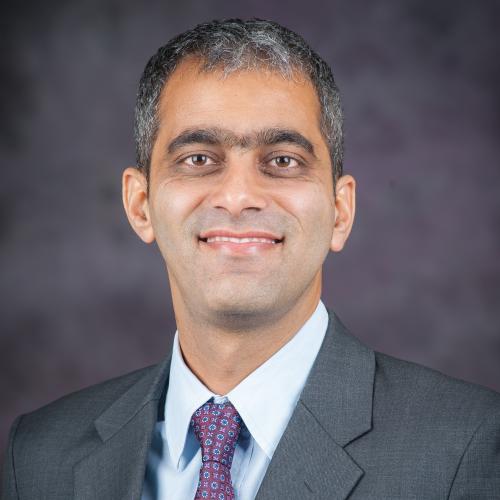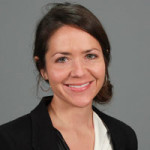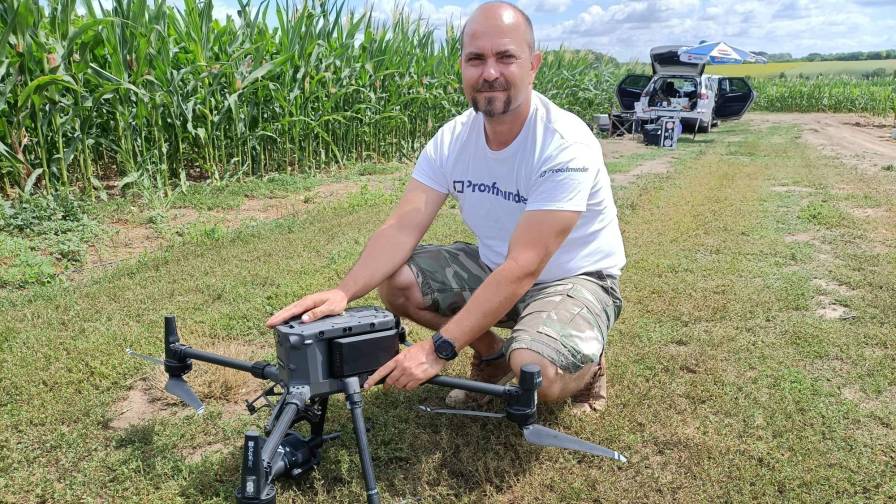Ajay Sharda: Sharing a Passion for Automation and Robotics with the Next Generation
Editor’s note: Kansas State University’s Ajay Sharda is one of the recipients of the 2020 PrecisionAg Awards of Excellence. Here he shares how he got started in precision and how he’s helping make K-State one of the leading programs in the country.
2020 Educator/Researcher Award Recipient | PrecisionAg Awards of Excellence

Ajay Sharda, Associate Professor and Precision Agriculture Engineer, Kansas State University
Growing up in India, Ajay Sharda was drawn like a magnet to agricultural machinery, the concepts and workings of which he would often explore at Punjab Agricultural University where his father worked.
But it wasn’t until he began his undergraduate degree in 1994, at that same university, that his passion for machinery took hold and paved his path toward a successful career in the then-budding field of precision agriculture.
Manual labor was the norm, and still is in the rice, wheat and sugarcane growing region of his youth – although that is changing.
MORE BY JACKIE PUCCI
Michael Ott: Taking Drone Application from the Drawing Board to the Field
“I was always intrigued by the manual ways of managing crop inputs and the way we used to collect data, which wasn’t robust enough,” Sharda told PrecisionAg from his office at Kansas State University, where he has served as Associate Professor of Biological and Agricultural Engineering since 2013.
“I asked myself, how can we automate; how can we make things simpler; how can we have access to more information; how can we improve ourselves; and what information can we gather to up our game?”
Sharda’s journey led him to pursue his doctoral degree at Auburn University in Alabama, where Dr. John Fulton served as his adviser. Fulton, who now teaches at Ohio State University, would become one of his most important mentors, along with Dr. S R Verma, a pioneer of machinery and mechanization back in India, who was also Sharda’s former professor and Dean at Punjab Agricultural University.
At K-State, Sharda quickly became known for one of his signature programs in which he established a large on-farm research network on planter systems related to downforce, speed, and seed placement. This innovative program has been a model for others to follow on how to work with farmers and ag professionals in precision ag topics, according to his nominator, Ignacio Ciampitti.
A USDA-NIFA funded project under the National Science Foundation’s National Robotics Initiative Program is one of the many within what Sharda calls FARMS (Fusing Automation and Robotics for Ag Machine Systems) Lab at K-State. The goal of this particular project is to design a robotic platform, along with an application system, that will not only provide an alternative but use artificial intelligence to conduct knowledge-based, real-time applications.
“We are excited to see what can be achieved in the next three to five years in terms of providing proofs of concept on how swarm technology would work if it becomes an operational reality in the near future,” Sharda explained. “We really want to push the envelope.
“We have been fortunate to have support from both corporate and federal agency grant programs,” he said. “Our dream is to make K-State one of the leading programs in the country, where we can attract good student talent and be instrumental in congregating toward future innovations in automation and robotics.”
“He is impacting the new generation of students, educating and training them in new topics on precision ag,” Ciampitti said. “When I look around the country and even internationally, Ajay reflects very well the values of an exceptional leader, visionary, educator and researcher for precision ag. He is not only an advocate for agriculture but is an extremely accomplished and well-rounded professional. — From the point of scientific publications, extension, mentoring, of course, but also from the viewpoint of funding, industry relationships, hard work and overall productivity.”
“These last seven years have gone by quickly because of all the support from the industry, colleagues, and producers we work with,” added Sharda. “Our program has grown, we’ve been able to contribute in many ways to the collaborative research environment, develop research capacity, add newer skills, and support our colleagues as opportunities arise to do so. I am truly happy.”










